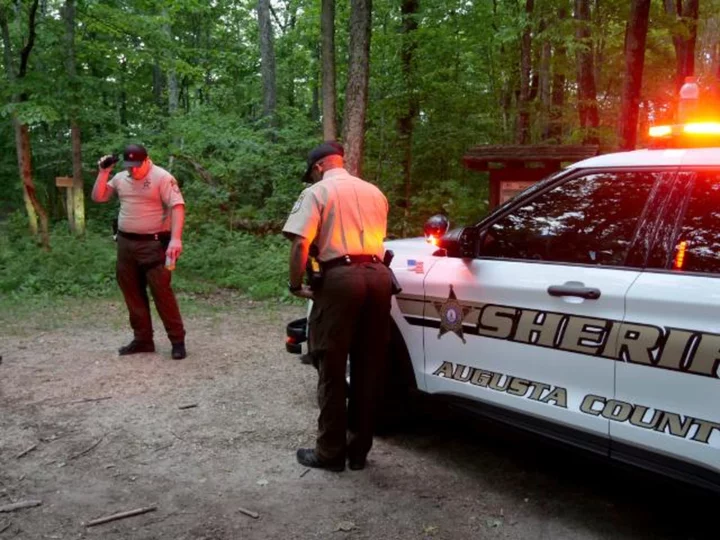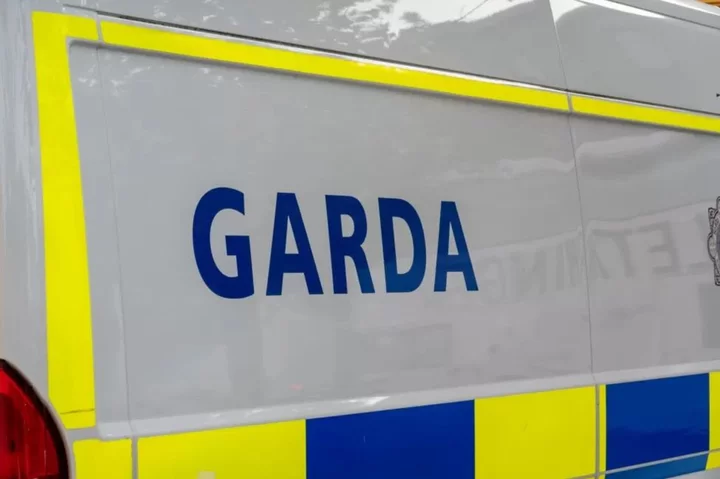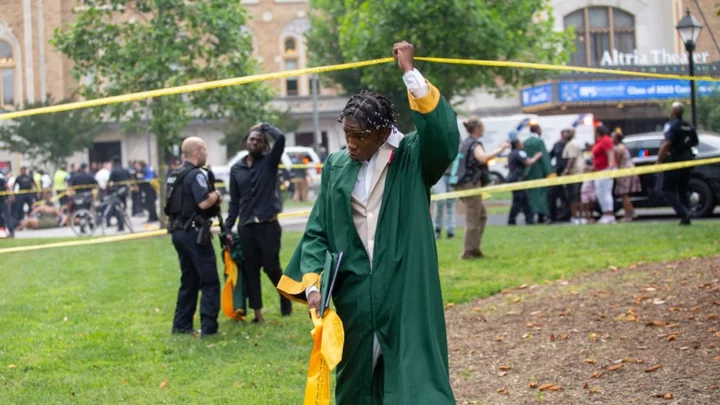As investigators try to determine why a pilot and passengers fell unresponsive on a small jet that ultimately crashed in Virginia on Sunday, the tragedy evokes a critical consideration for pilots when flying: oxygen.
Because air is too thin to breathe at jetliner cruising altitudes, airplane cabins are pressurized. More dense air is pumped into the cabin so that passengers are breathing as if, for example, they were at 8,000 feet above sea level rather than 40,000.
What happens if the cabin depressurizes?
At the highest altitudes, the effects -- including numbness, confusion, euphoria and a loss of consciousness -- can take only seconds to set in. The pilot may feel no reason to act. But failure to immediately recognize and respond can be catastrophic.
"You have seconds," said Les Abend, a retired airliner captain and aviation expert. "It depends upon your altitude. It depends upon your health."
Investigators have not said why they believe the pilot of the Cessna Citation business jet was found unresponsive and slumped over when fighter jets intercepted the aircraft near the nation's capital on Sunday.
The plane carrying a veteran pilot and three passengers left a Tennessee airport and flew towards its intended destination in New York before turning south and eventually crashing into a rural Virginia forest. Responders found no survivors.
But investigators are looking at hypoxia, or the lack of oxygen in the body, as a possible cause of the crash, according to a source. The possibilities, experts say, include that the aircraft either never properly pressurized or lost pressure while cruising at about 34,000 feet. Autopilot settings, they say, would explain why the plane continued flying at that altitude until it ran out of fuel.
"It is a mystery at the get go, but I think there are some indications that this may be an issue with pressurization within the cabin," said Peter Goelz, a CNN aviation analyst who led investigations as managing director at the National Transportation Safety Board.
Determining the cause will be difficult for investigators because the high impact of the crash destroyed the plane.
"They would look for some critical parts to the pressurization system, valves," Goelz said. "But I just don't think they're going to be able to get it."
Pressurization problems and hypoxia have caused past aircraft crashes, including the one that killed golfer Payne Stewart and others in 1999. That business jet lost communication with air traffic controllers while climbing toward 39,000 feet. Fighter jets sent to intercept the aircraft reported a dark cockpit and condensation or ice on the inside of the windshield. (At high altitudes, temperatures are frigid.)
The NTSB concluded the Stewart crash was caused by "incapacitation of the flight crew members as a result of their failure to receive supplemental oxygen following a loss of cabin pressurization."
Aircraft pressurization was also attributed as the cause of a Boeing 737 crash in 2005 that killed all 121 people on board. Greek safety investigators blamed the Helios Airways Flight 522 crash on "incapacitation of the flight crew due to hypoxia" because the cabin pressurization system was improperly set and because the crew did not properly diagnose multiple warning alarms.
The symptoms set in, investigators wrote, while the captain and a ground mechanic were troubleshooting the problem on an aircraft radio.
The Helios crash is an example of hypoxia setting in slowly as an aircraft climbs. Hypoxia can also set in slowly if an aircraft is leaking air, such as through an improperly sealed aircraft door. The onset could also be rapid and dramatic, such as in an explosive situation.
"An explosive depressurization is just 'Get the mask on now,' because it's going to be over in seconds," Abend said. "You'll have no cognitive ability and you'll be unconscious in short order."
Live-threatening pilot hypoxia is relatively rare, but how to recognize and respond to the symptoms is an important part of pilot training.
"Our body gives us clues that we're getting deprived of oxygen," said Scott Wagner, an assistant professor of aeronautical science who instructs students on physiology at Embry-Riddle Aeronautical University.
He teaches students to look for symptoms such as tingling or numb extremities, dizziness, blue fingernail beds and lips, and euphoria.
"Sometimes, there's no rush to corrective action because you feel good about things, and that's a dangerous symptom," Wagner said.
He takes Embry-Riddle students into a specialized, high-altitude normobaric chamber that allows instructors to adjust the air pressure. While the air pressure drops, he gives them simple tasks such as noting the symptoms they feel or completing math problems.
"What we experience a lot of the time is the students can't concentrate to do four or five additions in a series. They lose concentration and have to start over," he said.
Wagner records what happens in the chamber because some students emerge without a clear memory of how they responded.
"Students will say, 'Yeah, I did everything fine.' And then we'll say, 'Well, let's show you how it really went down.' And they're amazed at what happened," he said.
Experts say that passengers should know pressurization problems are very rare. Pilots train to react immediately, donning specialized oxygen masks and putting the plane in an emergency descent toward higher-density air.
Passengers should react immediately, too, when the orange oxygen masks drop from the ceiling.
The instructions are part of every flight attendant safety briefing. But some experts say passengers may not be paying attention or realize the importance of the message. When the cabin of a Southwest Airlines flight lost pressure in 2018, killing one passenger, images posted to social media showed other passengers wearing the masks incorrectly.
The mask goes over the nose and mouth, and -- as flight attendants instruct -- passengers should put on their own masks before helping anyone else.
"Grab it and put it over your face because you're going to need it," Abend said. "The best thing you can do is grab that thing because you can't help anybody if you're going to be hypoxic."









